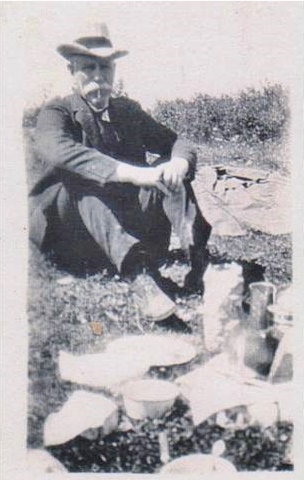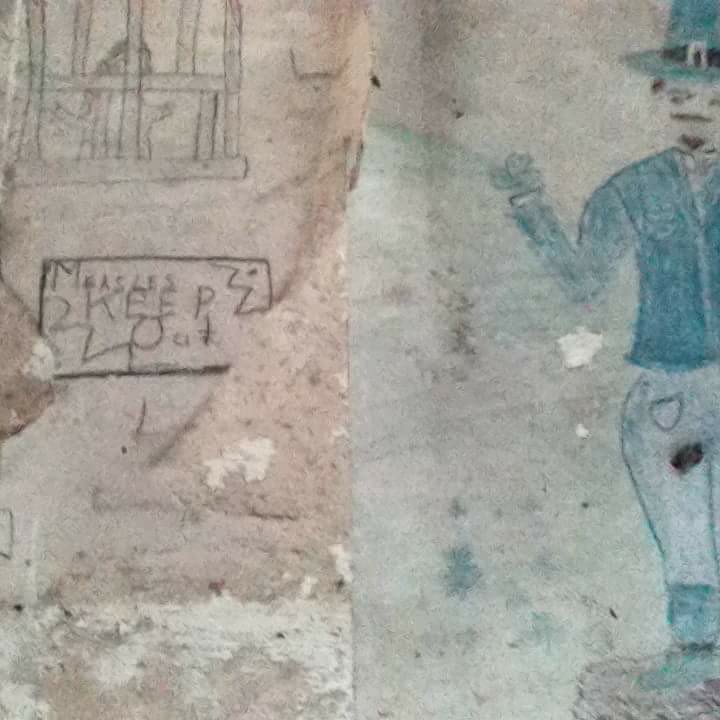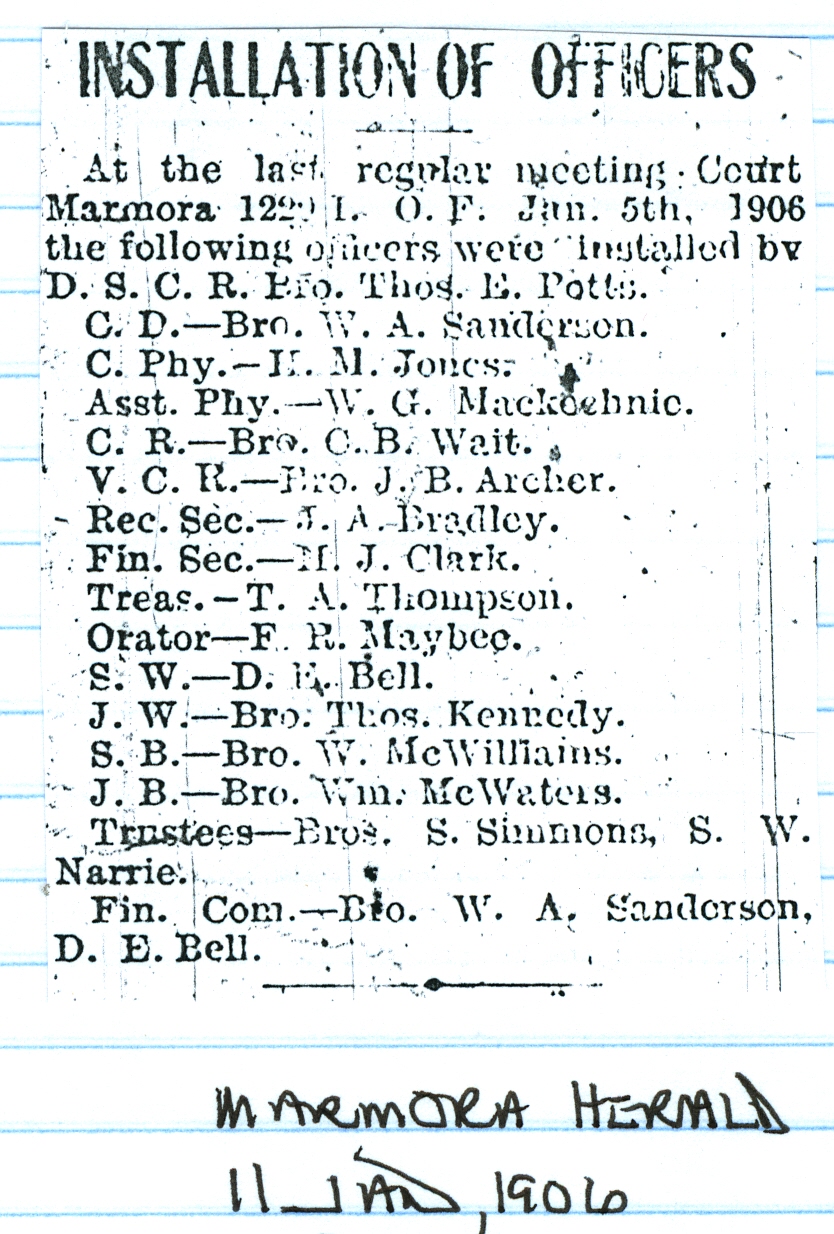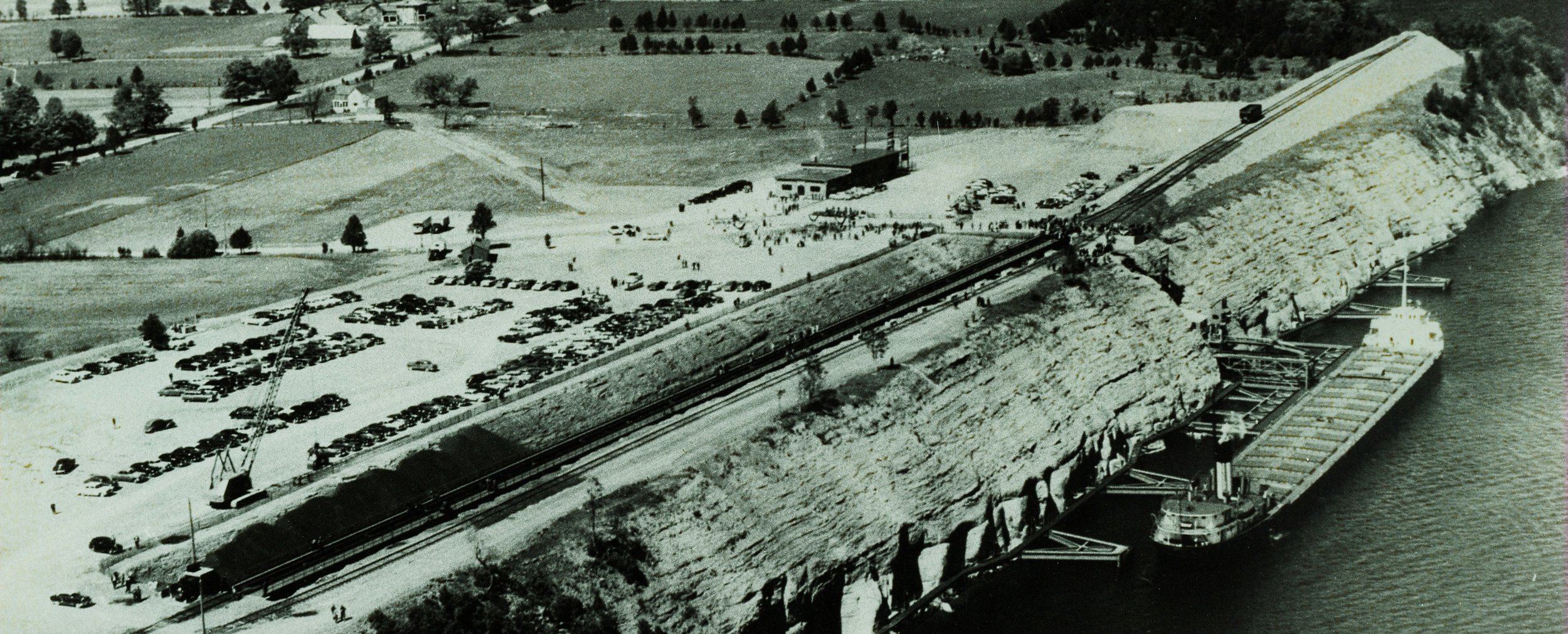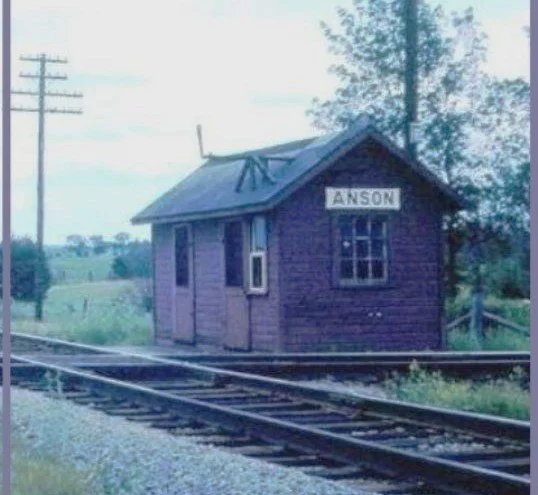The Norway-Deloro-Chile Connection
/What do Norway, Deloro and Chuquicmata, Chile have in common?
The answer is a young chemist, hired from Norway, by the Deloro Mining and Reduction Company, to act as a mill superintendent at the Deloro site. Thormod Melvaer arrived in Deloro some time in the first decade of the 1900's. With his wife, Agnes Torvick, they settled into family life, with a daughter, Agnes, being born on July 1, 1912, delivered by our very own Dr. Thomson.
By 1915, we find Thormod was appointed a chemist at the Chuquicamata Mine, one of the largest open pit copper mines and the second deepest open-pit mine in the world, located 1,650km north of Santiago, Chile. The mine, still operating, popularly known as Chuqui, has been operating since 1910. There too, Thormod patented his own process of copper extraction.
Thormod died in 1916, and his grandson, Harald Wentzel of Finland, sent us two photos of the funeral, along with the photo of his tombstone, near the Chuquicamata Mine in Chile where he is buried.
But, our story continues.....
Thormod Melvaer was accompanied in Deloro by his brothers, Einar (foreman) and Finn (chemist). Like Thormod, Einar, whose wifewas Agnes Andersen, had a daughter, Solveig, born in 1912 inDeloro, this time delivered by Dr. MacKechnie, It seems, however, that Einar and his familyreturned to Norway.
Finn Melvaer, however, with his wife, Gertrude Berg, accompanied Thormod to Chile, where two of their three children were born. In 1924 he returned to Deloro and continued to enjoy life in the Marmora area, becoming great friends with the Barlow family. (Clinton Barlow was head chemist in Deloro) Finn died in 1949 and is buried in Fergus, Ontario, as is his wife, Gertrude, daughter, Mildred and son, Odin.
Their children, Thorunn, Mildred and Odin, attended Albert College in Belleville when the Melvaers returned to Chile, and stayed with the Barlows during holidays.
Thorunn married Fred Beatty ( from the Beatty family that made washing machines ) They had 4 children Nancy, Carol, David and Tom.. Nancy was is an actress and was in many CBC TV shows..David was a professor at Trent University in Peterborough, Ontario Canada They owned a cottage on High Shore Road, Crowe Lake
For Ann Barlow's photos of Finn Melvaer and his family, see "Your Gallery" - Ann Barlow Giddings Click here
Agnes Melvaer, daughter of Thormod, sitting in the chair, with siblings, Ottar, Dagny, Magnhild, Eldrid
Chuquicamata open-pit copper mine, Chile.







